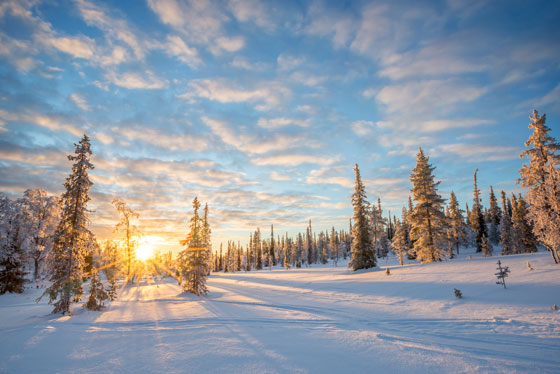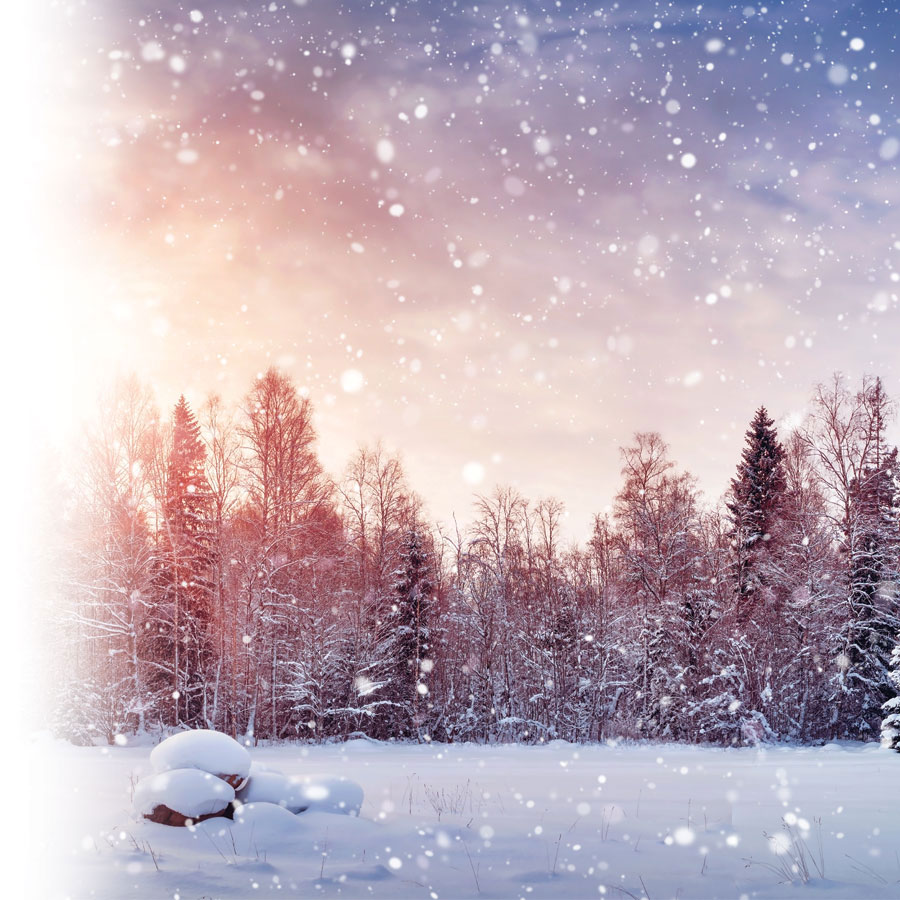Capturing the awe-inspiring beauty of winter is not as easy as it seems. In fact, you may end up with blurred snowflakes, dull colours or dark fields of snow. Here are some tips to avoid pitfalls like these during the cold season!
Carry the right equipment
- Remember that cold weather drains your batteries quickly. Be smart and bring extras.
- Snow is an effective reflector of the sun’s rays… even too effective. To reduce glare, use a polarizing filter, which absorbs light. A favourite of landscape photographers, this filter saturates colours, giving you bright photos, especially when the sky is blue.
- If you want to capture the intricacy of snowflakes, frosty designs on a window or unusual ice shapes, use a zoom or a macro lens. You’ll be able to shoot close-ups of fine details without compromising any sharpness.

Explore new techniques
Falling snow gives photos a special mood. To create interesting effects, zoom in slightly or play with shutter speeds.
- At a slow speed (1/50th), the shutter will stay open longer and capture the movement of the snowflakes, leaving a thick, white trail.
- At a fast speed (1/250th), the shutter closes quickly, freezing the movement of the snow and making the flakes look like their suspended in air.

Brighten your exposures
Does snow look dirty or grey in your photos? It’s probably your camera’s sensor: it reads the light bouncing off the snow and compensates for it by underexposing the photos. To correct this problem, choose the “Snow” mode among your program options. If you don’t have this program, you can change the exposure yourself (find the exposure control in your menu). Don’t hesitate to do some tests. Start with an exposure of +1, then check the results and repeat this (adding more exposure) until you get the result you want.
Snow: white!
Snow can tend to look bluish in your photos, especially on cloudless days. To prevent this problem, adjust the white balance of your device according to the light conditions. If you aren’t comfortable using this function while you’re shooting, you can adjust the white balance later in your editing software.
New landscapes
A city covered in a blanket of snow is just as intriguing as winter classics like snow-covered trees and forests, white-powdered mountains and pristine fields. Covered in fresh snow, cityscapes show a different side of their personalities. Use a wide-angle lens or take a panorama to capture all the interesting shapes and angles.


